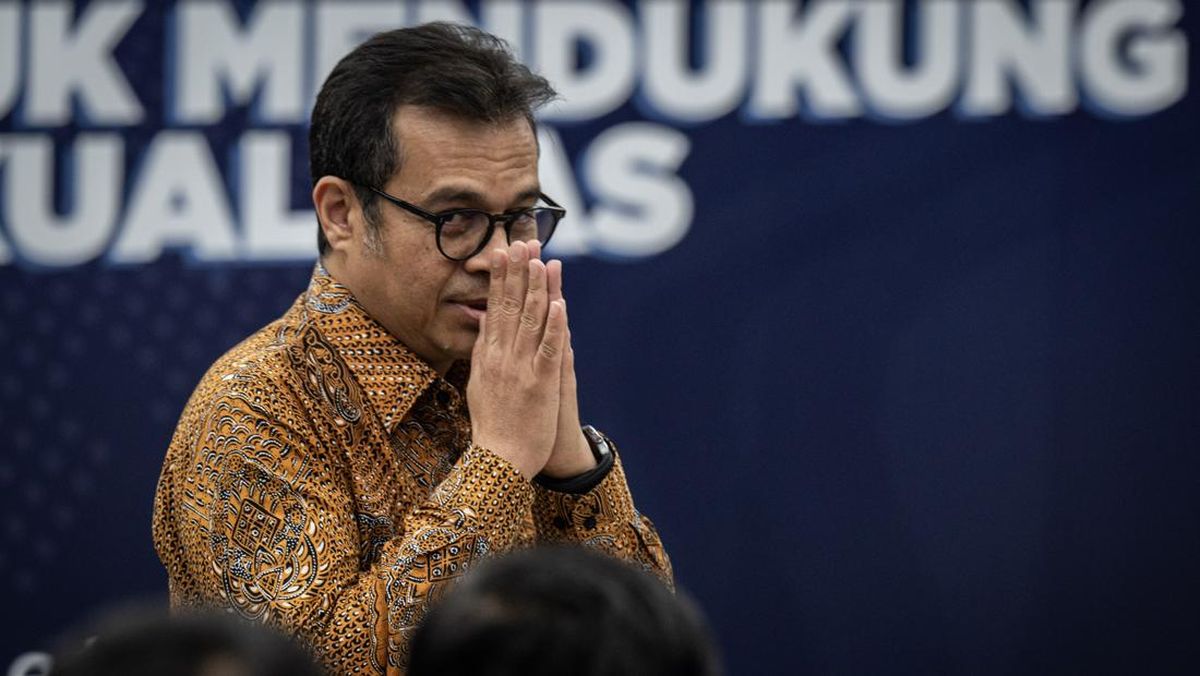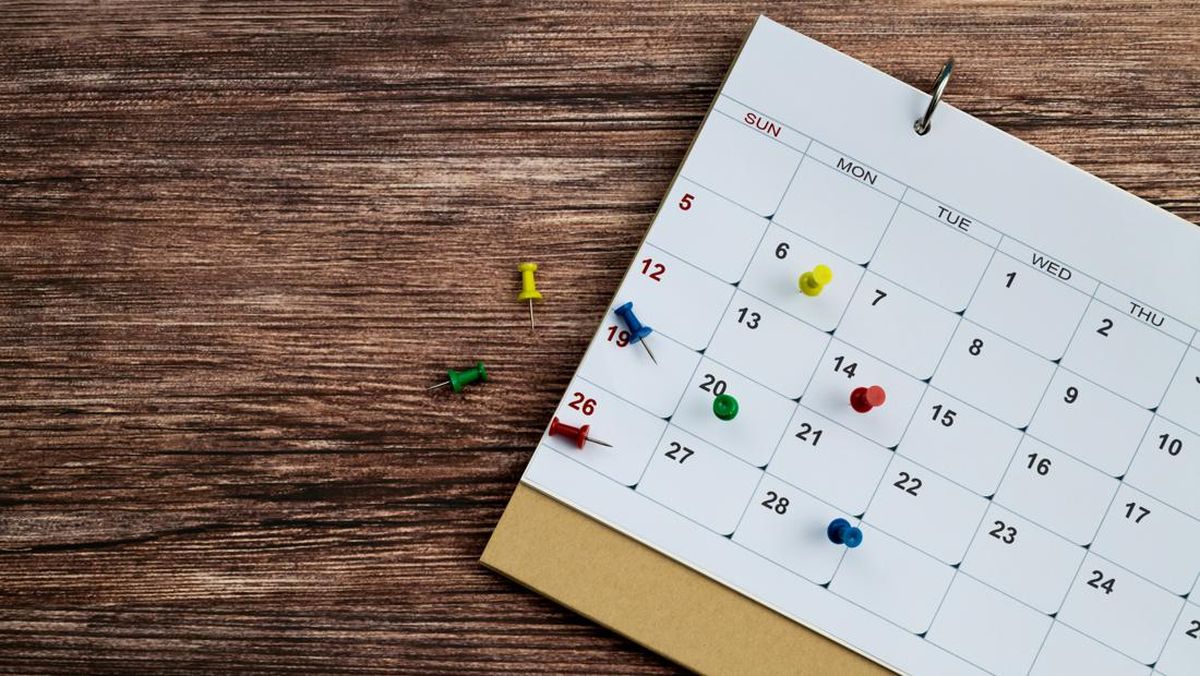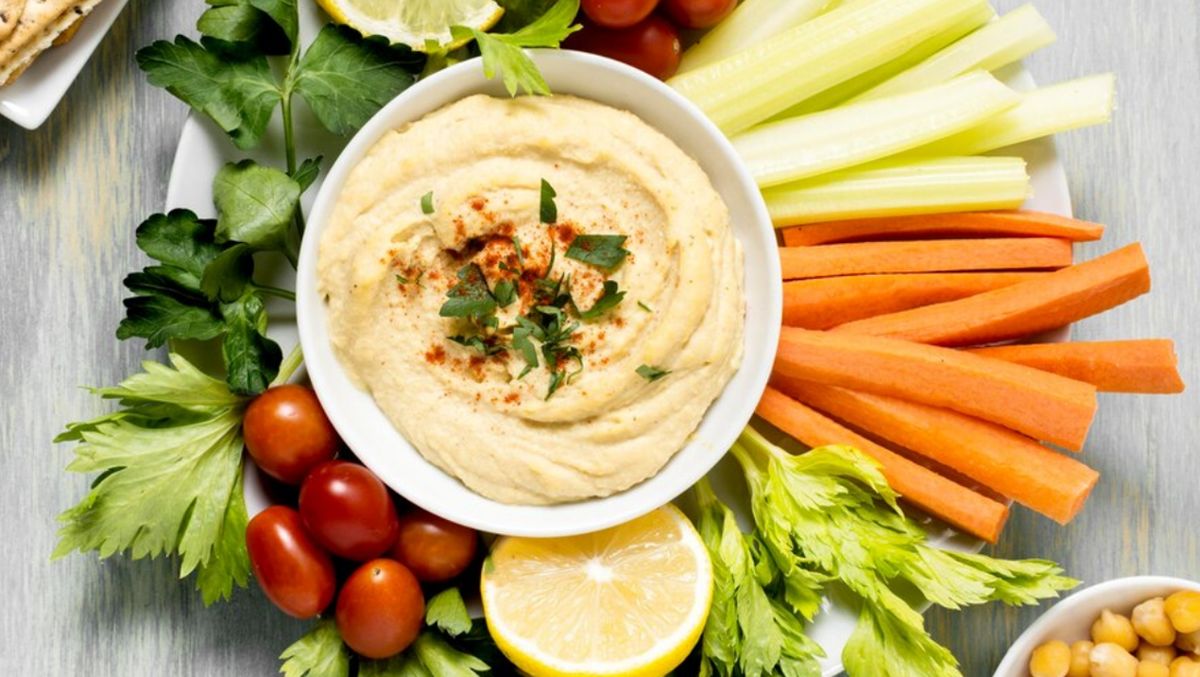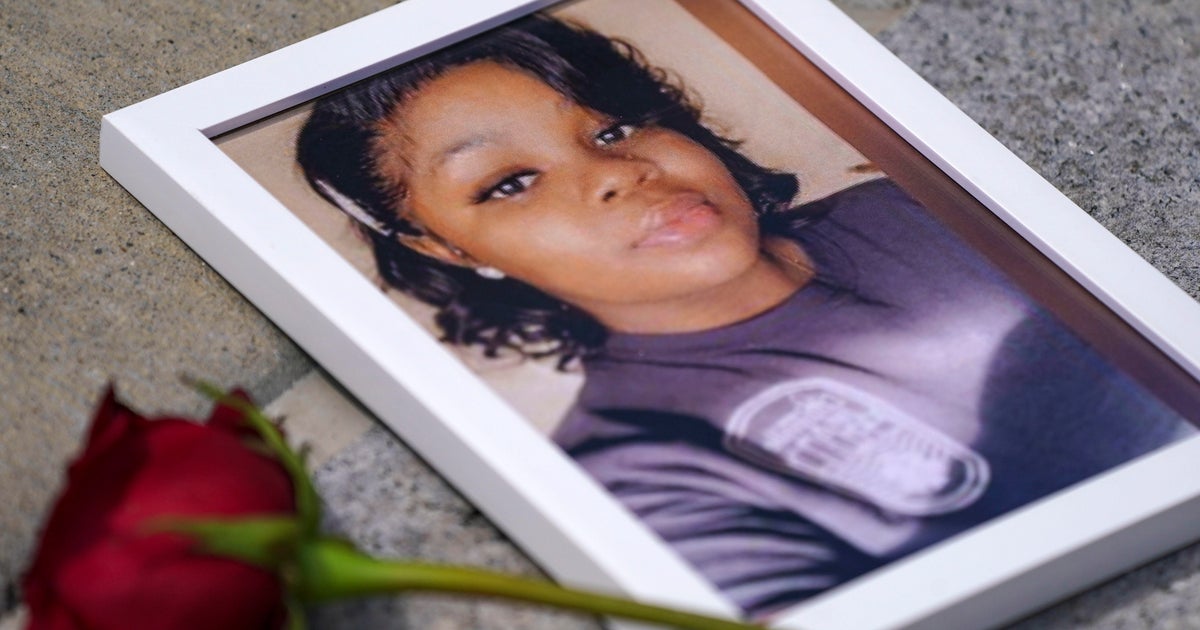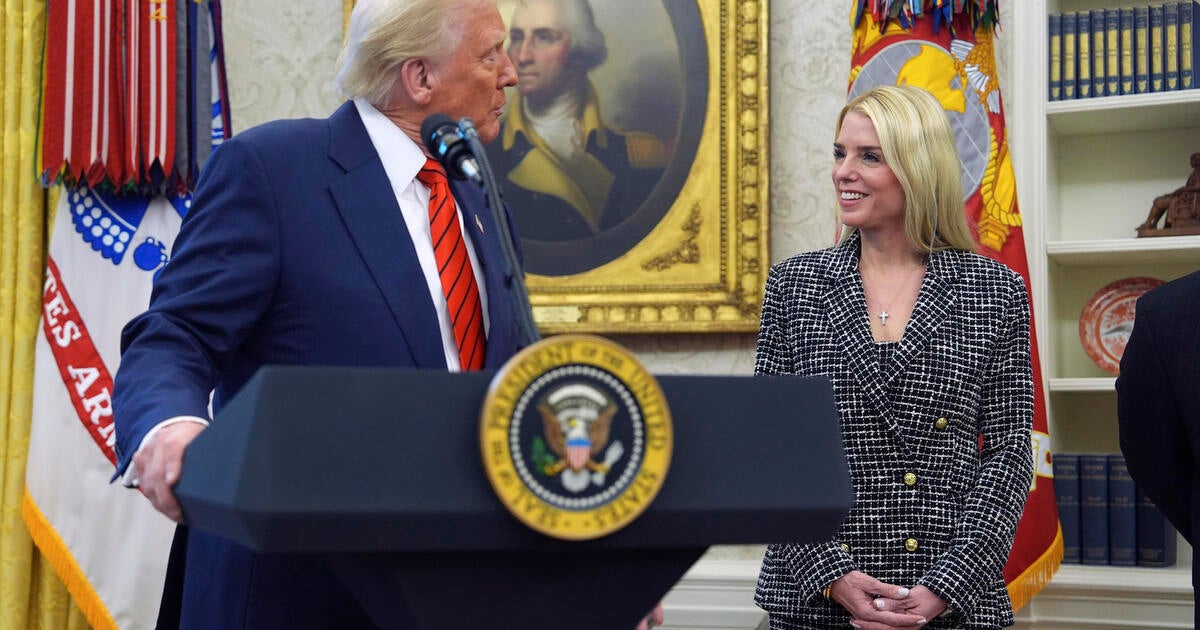At 56, Matt Quirk moves like a man in his 30s. And, according to his fitness age, he is.
Quirk recently put himself through the rigours of the Fitness Age Standards Test (FAST) – a comprehensive assessment that measures strength, cardiorespiratory health, endurance, balance and mobility. The test includes a timed one-mile run, single-leg balance, plank and hex bar holds, a sit-to-stand test, and maximum repetitions of push-ups, military sit-ups and dead-stop pull-ups.
Despite not feeling his best on the day due to the lingering effects of an illness, Quirk’s performance revealed a fitness age of 37.

Is it possible to outrun your years and achieve a lower fitness age through exercise? Matt Quirk is 56 but has a fitness age in his 30s.Credit: Janie Barrett
“I feel younger than I am in terms of how I get around – I have more energy,” Quirk says.
“[The results] put a real fire in my belly. It’s motivated me to train harder and to learn more about my body,” Quirk says. “I’d love to be in my 20s in terms of fitness age, and I think it’s doable because I wasn’t at my best when I did the test.”
Loading
What does fitness age mean?
Fitness age is a concept growing in popularity and accessibility through smartwatches, fitness apps and online assessments. It aims to reflect how “young” your body really is, based on your physical capacity, not just the date on your birth certificate.
As tempting as it may be to believe you’re a good decade or so younger than you are, the question must be asked: how accurate is a fitness age reading? And what is it really telling you about your health?
“Fitness age, also known as your biological age, is a way of grading your health and fitness in comparison to your chronological age,” says Transformation Coach co-founder Chief Brabon, who has coached Quirk for the past 10 years.
The accuracy of your result depends on a couple of factors, the first being the breadth of the analysis.
Most rudimentary indicators of fitness age, such as the one on your smartwatch, measure your cardiorespiratory fitness by assessing your VO2 max and how it stacks up against others of your age and gender. Some may also take into account your body fat percentage.
Others, such as the FAST test Quirk did, also measure mobility, stability, strength, and body composition, providing a more rounded understanding of your physical wellbeing.
“The benefit of the FAST test is it looks at so many aspects of health and wellbeing,” Brabon says. “These elements are often overlooked in what we consider good health.”

The FAST test Matt Quirk completed included measures of balance as well as strength and endurance.Credit: Janie Barrett
But even with more holistic assessments like this, Sydney University health and longevity researcher Professor Luigi Fontana says technology alone provides an incomplete picture of our overall health.
Loading
“In 2025, we don’t have reliable biomarkers of biological age,” Prof Fontana says.
“No doubt, some devices can now measure – even if not perfectly like an EEG – things like sleep quality, heart rate variability, and some can measure body temperature and blood oxygen,” he says.
“These tools are useful, especially because we’re living in a mostly sedentary society, but exercise alone won’t guarantee long-term health. Let’s say you’re exercising, but you’re also smoking, over-drinking alcohol, and eating an unhealthy diet. Do you really believe you’re going to be healthier and live longer?”
Loading
Does fitness age matter?
Other than a handy brag among your mates, why care about fitness age? Quite simply, Brabon says, because it will boost your chances of living well, if not necessarily longer.
“Our health and fitness – which fitness age represents – should be a priority in our lives, just like family and career,” he says. “It’s no use nurturing a wonderful family or creating financial security if you’re not fit enough to enjoy either of them.”
Numerous studies show that strong overall fitness is associated with a lower risk of conditions like cardiovascular disease, depression, diabetes, dementia and premature death.
“Ultimately, the greatest benefit of a younger fitness age is a greater quality of life for an extended period of time,” Brabon says. “What that basically means is that you will be able to move and perform in your 50s, 60s, and even older, as well as you did in your 20s and 30s.”
How to improve fitness age
Unlike chronological age, Brabon says we all have power to influence our fitness age – whether that’s for better or worse.
“We so often see people get to this point in life in their late 40s or early 50s and they’ve almost given up,” he says. “But even if you’ve never been fit before in your life, it doesn’t mean you can’t achieve a lower fitness age and the lifestyle benefits that come with it. You just have to start.”
Fontana says you don’t need super intense workouts to see results – just consistent, sustainable habits.
Loading
“In one study we found people aged 50 to 60 who exercised one hour a day, six days a week at 70 per cent of their maximum heart rate lost 40 per cent of their visceral fat over the course of a year,” he says.
Adding exercises that build strength, mobility and balance can enhance those benefits and support positive ageing.
“As we age we lose muscle mass and bone mass,” Fontana says. “Resistance and flexibility training help counteract musculoskeletal disorders and osteoporosis, especially in postmenopausal women.”
Quirk pushes back on the familiar excuse “I’m too old to get fit”.
“You’re too old not to,” he says. “You see on YouTube 75-year-old guys who look amazing and they’ve just continued with strength and fitness work. So why would you stop?”
Quirk plans to continue his pursuit of lowering his fitness age. Next on the list his a blood analysis and some fine-tuning of his nutrition to support his training.
“I don’t want to end up in a nursing home,” he says. “I want to stay fit until I drop dead.”
Make the most of your health, relationships, fitness and nutrition with our Live Well newsletter. Get it in your inbox every Monday.
Most Viewed in Lifestyle
Loading


